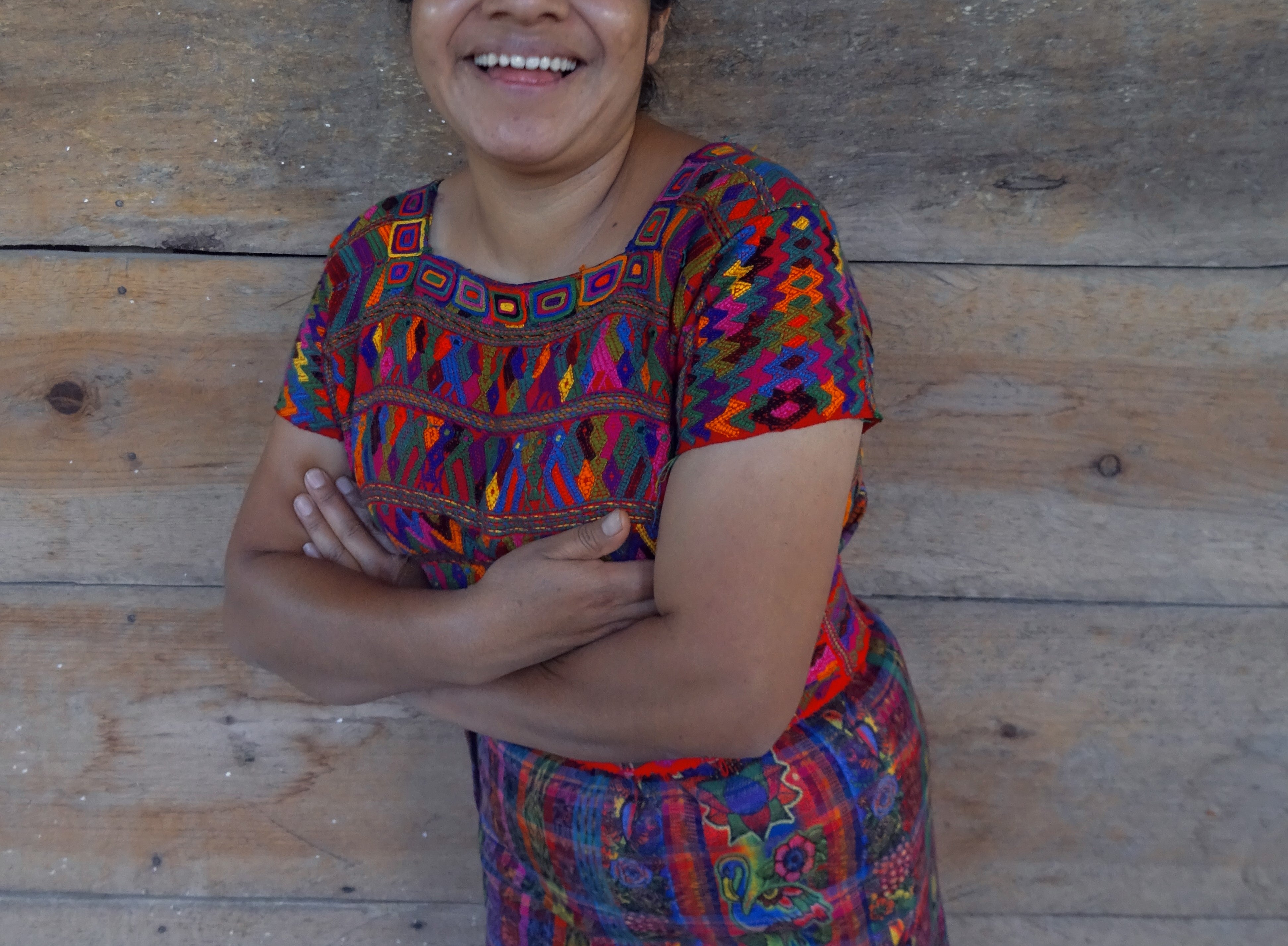The Huipil: A Tapestry of Guatemalan Identity
The huipil, a traditional garment worn by Guatemalan women, is more than just clothing. It is a vibrant tapestry woven with threads of history, culture, and identity. Each huipil tells a story – of the weaver’s community, her lineage, and the intricate symbolism embedded within its intricate designs.
A Legacy of Pre-Columbian Origins
The roots of the huipil can be traced back to pre-Columbian times. Indigenous Guatemalan civilizations, such as the Maya, had a rich tradition of weaving and textile artistry. The huipil, in its earliest forms, likely served both practical and symbolic purposes. It provided warmth and protection while simultaneously conveying social status, marital status, and religious beliefs.
A Diverse Spectrum of Styles
Guatemala is home to a diverse array of indigenous communities, each with its unique dialect, customs, and, most notably, its own distinctive huipil style. This diversity is a testament to the rich cultural tapestry of the country.

Huipil of the Highlands: The highlands of Guatemala, with its numerous indigenous groups like the Maya and Quiché, are renowned for their richly embroidered huipiles. These garments often feature intricate geometric patterns, vibrant colors, and symbolic motifs.
The Art of Weaving: A Time-Honored Tradition
The creation of a huipil is a labor-intensive and time-consuming process. It begins with the cultivation of cotton or other natural fibers, followed by the meticulous spinning of thread. Weaving techniques vary across regions, with some communities employing backstrap looms while others utilize more modern methods.
Symbolism and Storytelling
Every element of a huipil, from the colors and patterns to the specific weaving techniques, carries deep symbolic meaning.
Colors: Colors often represent natural elements (earth, water, fire), spiritual concepts, or social status.
A Reflection of Community and Identity
The huipil serves as a powerful symbol of community and identity.
Community: The shared knowledge and skills associated with huipil weaving are passed down through generations, strengthening the bonds within indigenous communities.
The Huipil in Contemporary Guatemala
While the huipil remains an integral part of Guatemalan culture, its role has evolved over time.
Modern Interpretations: Contemporary Guatemalan designers are incorporating traditional huipil motifs into modern clothing, bridging the gap between tradition and contemporary fashion.
The Huipil as a Source of Empowerment
The creation and wearing of the huipil empower Guatemalan women in several ways.
Economic Empowerment: The production and sale of huipiles provide economic opportunities for women in rural communities.
The Huipil: A Global Icon
The beauty and cultural significance of the Guatemalan huipil have garnered international recognition.
Global Appreciation: Huipiles are highly sought after by collectors and fashion enthusiasts worldwide.
The Future of the Huipil
The future of the huipil lies in the hands of the next generation of Guatemalan women. By supporting traditional weaving practices, promoting cultural tourism, and integrating huipil motifs into contemporary design, we can ensure that this vibrant tradition continues to thrive for generations to come.
The huipil is a testament to the resilience and creativity of the Guatemalan people. It is a living legacy that connects the past to the present, preserving cultural heritage while adapting to the changing world. As long as women continue to weave and wear the huipil, this exquisite art form will continue to inspire and enchant the world.



